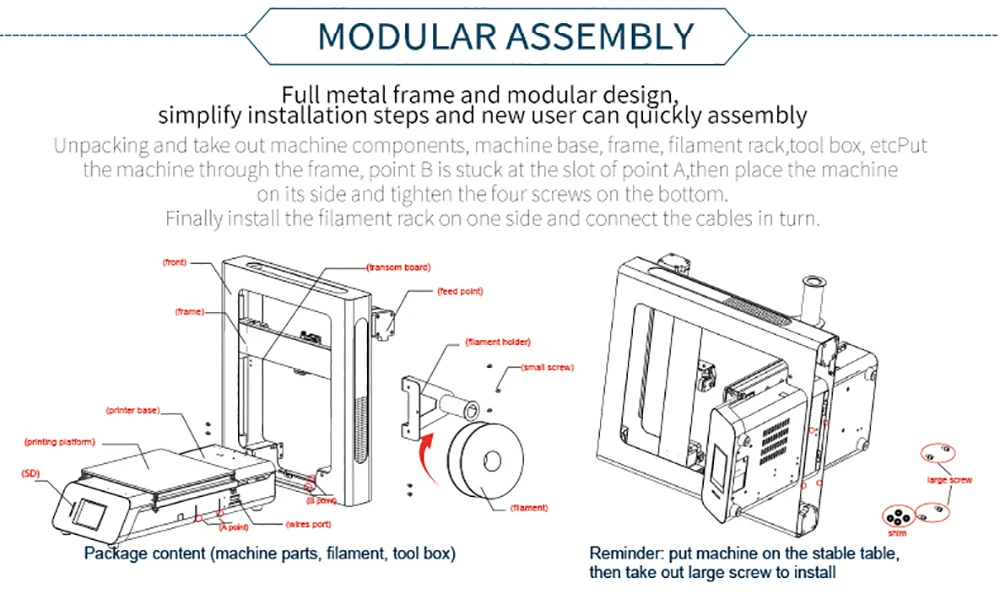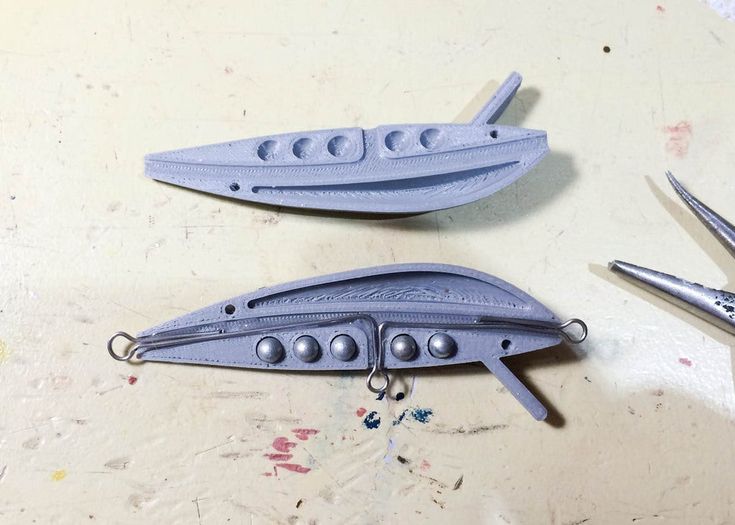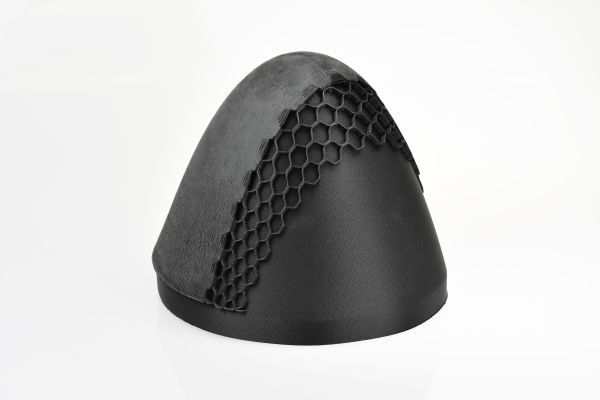Naked 3d fitness scanner
Naked Home Body Scanner | Naked Labs®
$1,395 Temporarily Out of Stock
Purchase Naked
- Naked is now shipping
- New orders ship in about two weeks
- 30-day risk-free trial (less S&H)
- Currently accepting U.S. orders only
Quantity
Buy Now
New orders ship in two weeks. Buying multiple units?
Naked Features
3D Body Model
Explore your unique 3D model with rotate, pinch, and zoom.
Side-by-Side Comparison
See how your body has changed by comparing any two scans
Body Fat %, Lean Mass, Fat Mass
Set a baseline scan and track how your body composition is changing
Measurements
Track 10 circumferences over time
Data Visualization
Rich graphs and the ability to compare many different metrics over time
4-Up View
See a snapshot of your body from all four sides
Watch the iJustine Unboxing
What's in the Box?
Box 1 (small)
Size: 18. 5"L x 18.5"W x 6"H
Weight: about 40 lbs.
- Rechargeable rotating scale
- Hard floor scale feet
- Carpet scale feet
- USB-C charging cable
- Weighted cover for mirror
Box 2 (large)
Size: 69"L x 17"W x 6.5"H
Weight: about 35 lbs.
- Body scanning mirror
- Two stabilizing pins
- Baseplate for mirror
- Allen wrench
- 4 ft grounded power cord
Top FAQ's
What is Naked?
Naked is the world’s first 3D body scanner for your home. It helps visualize your body’s progress so you can stay on track to meet your goals, whatever they are.
How does Naked scan me?
Naked uses Intel® RealSense™ Technology and a process called stereovision to create your body model. The sensors use infrared light in a manner similar to an XBox Kinnect or your TV remote control, and the processor in the mirror stitches together your body model before running proprietary algorithms to extract your measurements and calculate body fat percentage.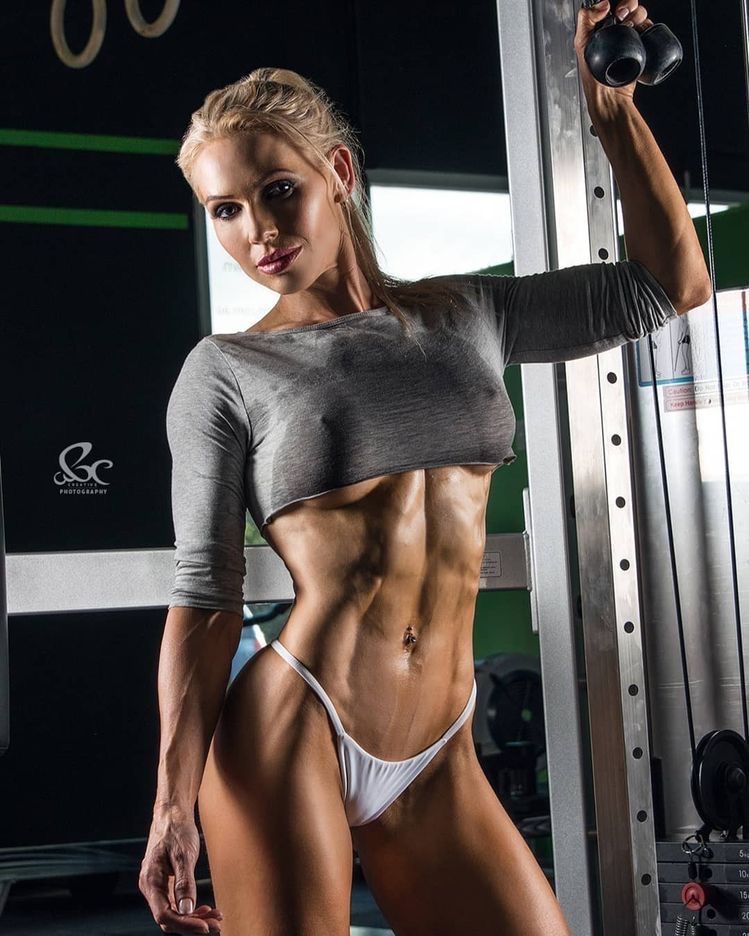
How does Naked calculate body fat percentage?
Naked has developed a proprietary body fat algorithm validated against DXA using a combinations of metrics extracted from your scans. We will continue to refine this algorithm and add more data and metrics to improve body fat % accuracy over time.
How does Naked compare to other body fat measurement methods?
Contrary to popular belief, body fat measurement is not, in fact, a measurement. Rather it's an estimation based on assumed constants and often derived from another body fat method. Naked uses a proprietary algorithm that relies on a variety of metrics extracted from your scan to calculate Traditional bioimpedance scales are typically +/-8% accurate to four compartmnet models and can be especially susceptible to factors like skin conductivity and hydration. DXA, typically considered the gold standard, uses x-Ray to measure bone density and body composition with +/- 1% accuracy to higher compartments. Volumetric methods (like hydrostatic weighing and Bodpod) use displaced water or air to measure your body volume, with approximately +/- 1.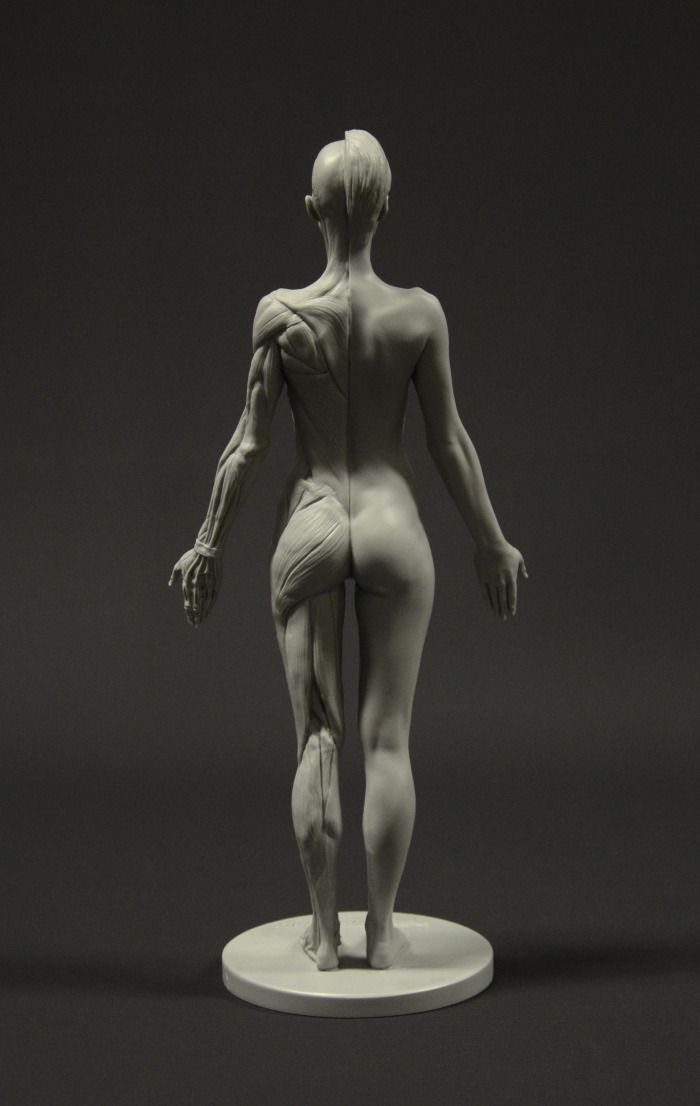 5% percent accuracy to. Naked uses a proprietary algorithm that relies on a variety of metrics extracted from your scan to calculate body fat with +/- 2.5% accuracy compared to DXA.
5% percent accuracy to. Naked uses a proprietary algorithm that relies on a variety of metrics extracted from your scan to calculate body fat with +/- 2.5% accuracy compared to DXA.
How accurate are the 3D body models?
Naked has a depth map accuracy of a 1/10 of an inch.
Is there any way to get scanned now?
If you are interested in getting scanned now, please email us at [email protected]
How is Naked powered?
The mirror is designed to be connected to a 110v grounded outlet via a 3-prong grounded cable. The scale is powered by a lithium-ion battery and charged via a USB-C cable that is connected to the base of the mirror.
Read More FAQs
RETURNS/WARRANTY
30-day money back guarantee
If you purchase Naked and decide it’s not for you, you have 30 days from when it arrives at your home to request a return and receive a full refund less shipping cost.
1-year manufacturer’s warranty
Naked will repair or replace any units with manufacturer’s defects.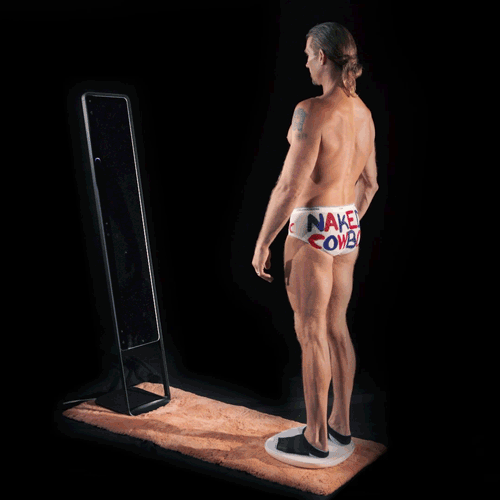 This does not include user-caused damage. If you do damage your Naked or require repairs outside your warranty, we can fix it for you, but you will be responsible for parts, labor, and shipping.
This does not include user-caused damage. If you do damage your Naked or require repairs outside your warranty, we can fix it for you, but you will be responsible for parts, labor, and shipping.
Shipping
$100 shipping in the United States.
We cannot ship to P.O. boxes or military (APO/FPO/DPO) addresses. We recommend shipping directly to the location where you plan to use Naked, as the boxes are large and heavy.
International orders
We aren't accepting new international orders at this time, but you can sign up to be notified of any updates.
Body Fat Series: Naked and 3D Scanning
Let's pick up our in-depth exploration of body fat measurement with
3D Body Scanning and the future of body compositionI recently attended Bodies… The Exhibition, a traveling homage to the intricacies of the human body that shows visitors dissected cadavers in a variety of displays and levels. As someone who has dedicated many years to the study of the human form, this served as a respectful reminder of the complexity of the body – and a reminder that the best way to learn about the body is to interact with it.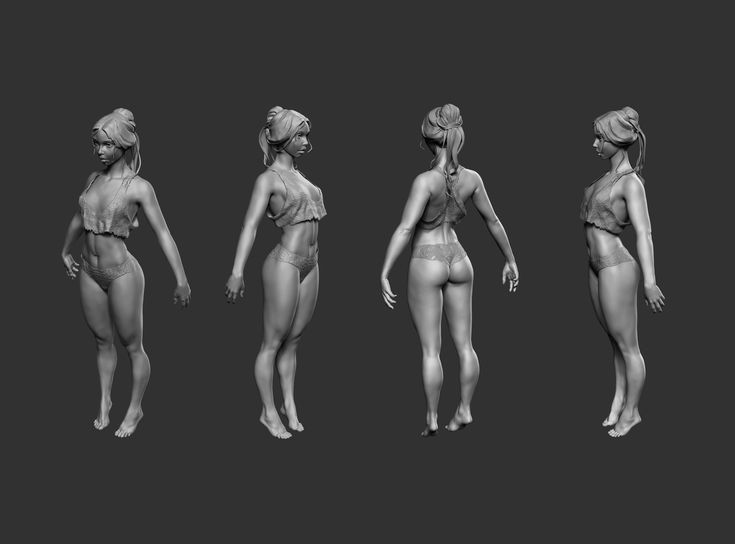
The previous body composition methods we’ve discussed in this series are missing just that – the interactive component. The ability to see what’s happening on the inside as a direct corollary to what is happening on the outside... The capability to spin and zoom on body parts and see how they change over time. 3D body scanning, although still in its infancy, is changing the way we think about and interact with body composition.
What are 3D scanners?
3D scanners come in a variety of shapes and sizes, but they are all quite similar in principle. A 3D scanner takes a number of either static two-dimensional images or three-dimensional depth maps of the body and then uses these images to create a 3D avatar of the body. The 3D avatar itself is then used to extract a variety of metrics, such as body fat and circumferences. Although the majority of 3D scanners are designed and marketed for health and fitness, a wide array of applications is possible for this technology, ranging from custom clothing to ergonomic design.
How does 3D scanning work?
A number of 3D scanners have been developed to date, each with slightly different hardware, different sensors and a different processing pipeline. The original 3D body scanners used lasers to identify the location and shape of the body – and cost a hefty $100K. Most contemporary body scanners – Naked included – use 3D depth sensors. If you’ve ever played Xbox with Kinect, the sensors used to track your movement as you hit imaginary tennis balls are not unlike those used in 3D body scanners. In fact, Naked’s first ever prototype used Microsoft’s Kinect depth sensors!
Depth sensor technology, first commercially available in the early 2000s, projects either a known or random infrared pattern onto your body. In Naked, this pattern — completely invisible to the human eye — is detected by sensors embedded behind the mirror. Because the infrared light is captured by two cameras in known and static positions, the depth and formation of the object in view can be detected, through a process called deformation analysis.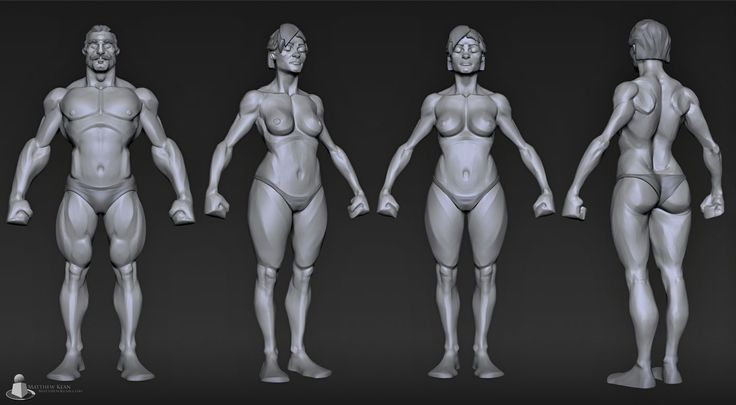
Most of the commercial and consumer-grade 3D scanners use deformation analysis to reconstruct the 3D avatar. The means by which they do so, however, varies from technology to technology. Some scanners use a single depth sensor that moves up and down while the user rotates on a platform. Others use multiple depth sensors with a rotating platform (like Naked!). A final hardware approach has the user stand still while sensors are either mounted on multiple sides of the user or the sensors themselves rotate around that user.
There are pros and cons to each of these approaches: having the hardware move or having multiple cameras surrounding the user can make for easier processing, while having the user rotate generally makes for a better experience. We've opted for the latter, because we are confident in our ability to solve challenging problems with software — and we believe it makes for a more versatile product in the long term.
How does Naked’s 3D scanning work?
Naked, as it exists today, collects its depth maps using three Intel® RealSense™ depth sensors embedded behind the mirror (fun fact: we’re the first commercial product to ever use this generation of Intel depth sensors!). As your body rotates on the Naked scale, these depth maps are collected in the mirror’s processor and stitched together to create your 3D body model. That body model is sent to the cloud, where Naked uses proprietary algorithms to extract meaning from the avatar, which translates to the metrics – like circumferences and body fat – you see in the Naked App.
As your body rotates on the Naked scale, these depth maps are collected in the mirror’s processor and stitched together to create your 3D body model. That body model is sent to the cloud, where Naked uses proprietary algorithms to extract meaning from the avatar, which translates to the metrics – like circumferences and body fat – you see in the Naked App.
The depth maps we collect are accurate within 1/10th of an inch which translates to an accuracy of approximately 1.5 centimeters on large circumferences (such as waist, stomach, hips, etc.) and 0.5 centimeters on small circumferences (such as thighs, calves and biceps). Unlike the approach your tailor or personal trainer may use, Naked uses concave circumferences, meaning the circumference is taken directly along the surface of the body, accounting for any indentations or protrusions. This will likely translate to slightly different circumferences from what you’d get using a tape measure, but we believe this provides the most accurate values for measurements and this method may also translate to future features coming down the pike!
Naked among the body comp landscape
Naked derives body fat from a series of circumferences taken from the body’s surface in conjunction with user information (such as biological sex, ethnicity, and age) using an algorithm derived from DXA. In its current state, our algorithm is accurate within +/- 2.5% and consistent within +/- 1%, assuming correct user behavior (specifically dress, hair, lighting, and scan pose). Over time, in tandem with our academic partners, we will continue to refine this algorithm and use increasingly sophisticated methods to estimate and track your body composition.
In its current state, our algorithm is accurate within +/- 2.5% and consistent within +/- 1%, assuming correct user behavior (specifically dress, hair, lighting, and scan pose). Over time, in tandem with our academic partners, we will continue to refine this algorithm and use increasingly sophisticated methods to estimate and track your body composition.
Why not use volume and the Siri equation, you might ask? Some 3D body scanning techniques do! That said, Naked did a series of validation studies to test the best approach for body fat and found that while volume-based methods yielded relatively accurate results with perfect use, even slight variation in clothing or hairstyle resulted in highly inconsistent body fat results. As we learned more about this method, we found that the volatility of volume in combination with the inherent shortcomings of a 2-compartment model (e.g. the Siri equation) made a DXA-based approach more viable and desirable.
Why use DXA as a reference method? As we’ve stated in our DXA blog article, DXA is not a perfect method for body fat, and by using DXA as our criterion method, we are subject to some of the same limitations. That said, short of very expensive and inaccessible MRI scans, DXA is currently the gold standard for body composition for both medical centers and academic research, and we believe it's the best approach for 3D scanning.
That said, short of very expensive and inaccessible MRI scans, DXA is currently the gold standard for body composition for both medical centers and academic research, and we believe it's the best approach for 3D scanning.
Naked in the wild
Through extensive testing, both with our beta participants and university partners, we’ve learned quite a bit about how 3D scanning in the home has the potential to change the way we think about our bodies.
Perhaps the most important observation is that body fat percentages and body metrics in general can be misleading. We’ve seen firsthand that two people of the same height, same weight, and same body fat can look incredibly different. To date, no universal metrics exist that can fully encapsulate differences in body shape. At Naked, we believe that the visual representation of the body – through the 3D body model – provides the richest data for understanding your progress; the body fat and measurements serve to provide additional context to the body model, but as standalone metrisc they aren’t as powerful.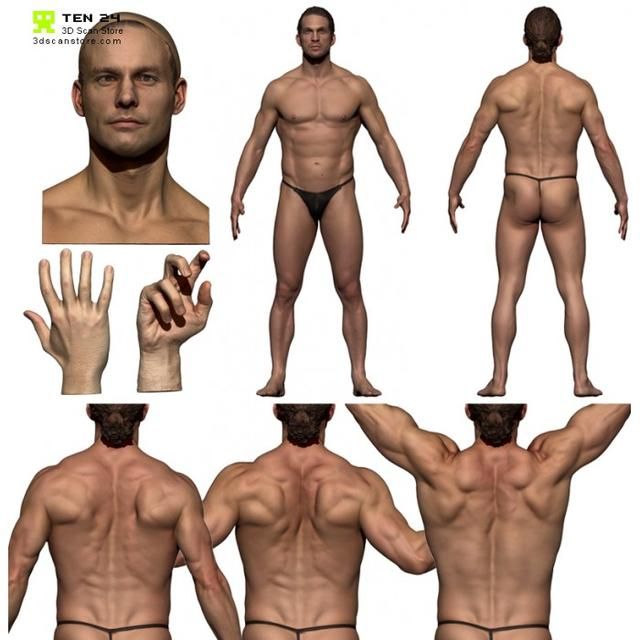
Scanning the future
For tracking health and fitness, the weight scale has been standard in homes and medical settings for centuries. Since its invention in the 1700s, weight scales have evolved to show slightly richer information, such as bioimpedance-based body fat, BMI, lean mass, fat mass, and total body water. But think about other technologies — like computers, TVs, or cars. These technologies have advanced much farther in a more consolidated time period.
This technology will continue to evolve dramatically over the coming years. In the next year alone, we will be unveiling a whole host of fitness-related features and integrations. In the slightly longer-term future, there will be endless other applications for this technology, including custom clothing, visualizing clothing on your body before you buy (hello, perfect fitting pants!), playing yourself in a video game (no joke, our CEO Farhad has done this…), and so many others. Naked and the 3D scanning landscape is moving us away from a world built for the ‘average’ person – and toward a world customized just for you.
Interested in learning more? The series features: DXA Volume Based Methods Calipers Bioimpedance
Naked Truth: Naked Lab 3D Scanner Scale
Naked Truth: Naked Lab 3D Scanner Scale
Finally, the inventors of Silicon Valley got to such a prosaic gadget as home bathroom scales. Now, from a device that reports sad, as a rule, news, one can expect more than just an abstract number - essentially nothing that says nothing to those who look at it on the display.
Naked by Naked Lab. is not just a smart scale, but also a 3D body scanner hidden in a full-size mirror. Both devices work as a team, communicate through the cloud service and are controlled using a mobile application. As a result, a person who decides to weigh himself receives a detailed fitness report, including the ratio of fat mass to muscle mass, symmetry (more precisely, asymmetry) of the body and other nuances that are inaccessible to ordinary scales gathering dust in bathrooms. nine0005
nine0005
The latest generation of Intel's RealSense cameras built into the mirror are responsible for the merciless exposure of the facts - in anticipation of their upgrade, the company delayed the launch of the project for many months, but it was worth it. In 15 seconds, the cameras manage to do enough work so that after a few more moments, an accurate 3D model of his body with accurate parameters and the necessary analytics appears on the screen of the user's smartphone. Having studied the numbers, it is easy to see what the conditional “+5 kilos” on the scales actually mean - fat or muscle mass gained as a result of training. If you constantly monitor the state of your body, then it becomes not only interesting, but also useful to follow the progress: the understanding of how the body works increases and the motivation to work on improving its condition increases. nine0005
“By becoming aware of the processes that take place in our bodies, we begin to truly “own” them, and it doesn’t matter whether you are working on accepting the external data that nature has endowed you with or want to qualitatively change,” says Sam Winter, host project researcher. “In our world, everything is tied to numbers: how many calories you consumed per day, how many steps you walked. But this says absolutely nothing about what is actually happening with your body,” continues Naked Lab CEO Farhad Farabakshyan, “This figure on the display of ordinary scales is not just meaningless, it can cause real harm.” . nine0014
“In our world, everything is tied to numbers: how many calories you consumed per day, how many steps you walked. But this says absolutely nothing about what is actually happening with your body,” continues Naked Lab CEO Farhad Farabakshyan, “This figure on the display of ordinary scales is not just meaningless, it can cause real harm.” . nine0014
The creators of the scales of the future - which are already sold to themselves in the present, despite the price tag of $ 1395 - expect that their gadget will be useful not only to professional athletes and fitness maniacs, but also to everyone who cares about their body.
Have you come up with material for britanka.media? Write to us at [email protected]
- See also nine0024
Top Ten 3D Scanners from $100 to $100,000 / Sudo Null IT News There are several ways for you: you can of course create your 3D model from scratch in a 3D modeling program or find a suitable one on the Internet, but you can also scan an existing object! The purpose of this review is to help you understand the variety of 3D scanners available and offer the best in every price segment from a photogrammetric smartphone app to professional 3D scanners.
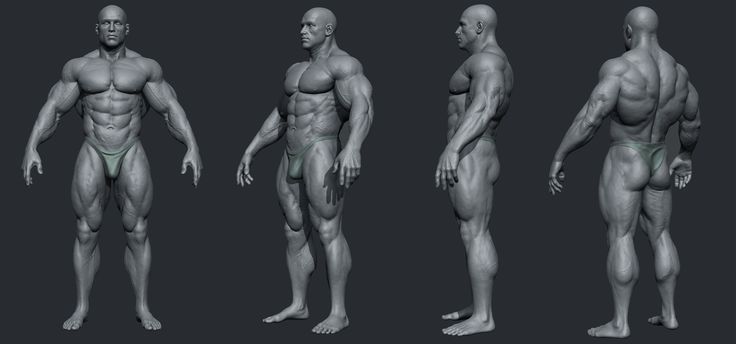 nine0005
nine0005 Scanners are listed in ascending order of price so that you can choose the one that suits your budget and use the resulting 3D models for both 3D printing and animation.
If you are not satisfied with the suggested solutions, there is an extended overview at this link.
3D scanner in hand:
1. Best smartphone app: Autodesk 123D Catch (free)
Autodesk 123D Catch is a free photogrammetric application. It allows you to create a 3D model from photographs of an object taken from different angles. You can use it to scan objects, people, and even the landscape. For some applications, if you don't need perfect accuracy, you don't need special equipment. This application actually provides quite good detail and is easy to use. However, it will take you at least 30 minutes for the app to process your photos as the processing takes place on the server and it takes time to send them. nine0005
2. Best DIY 3D Scanner: Kinect ($99.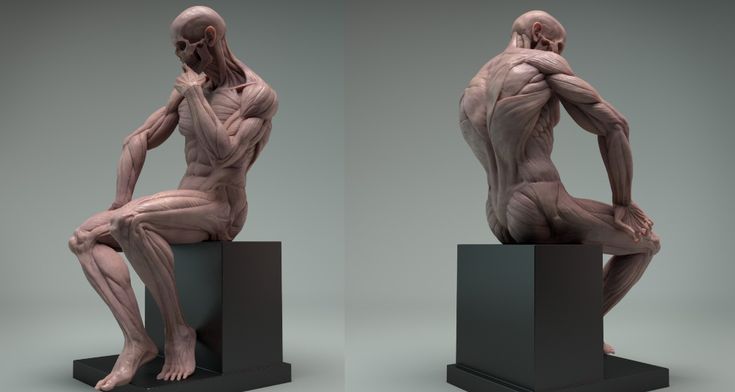 99)
99)
The Xbox Kinect is designed to expand your gaming experience. It is not designed for 3D scanning, but you can easily find manuals and third party software (like ReconstructMe) to turn it into a 3D scanner. If your arms are growing out of your shoulders, this is an interesting and inexpensive solution for 3D scanning.
Price: $99.99
Resolution: 0.051 mm
)
This scanner can be attached to your tablet or phone (generally designed for iPad, but can be adapted to other devices). Lightweight and easy to use, with a very good resolution. Suitable for large items (can scan a full-length person) and outdoor scanning. You will be able to use it with software running on Occipital's SDK. This will increase the resolution and give you access to special features like room scanning. It probably won't be something you'll use for 3D printing, but it's interesting for game development, for example.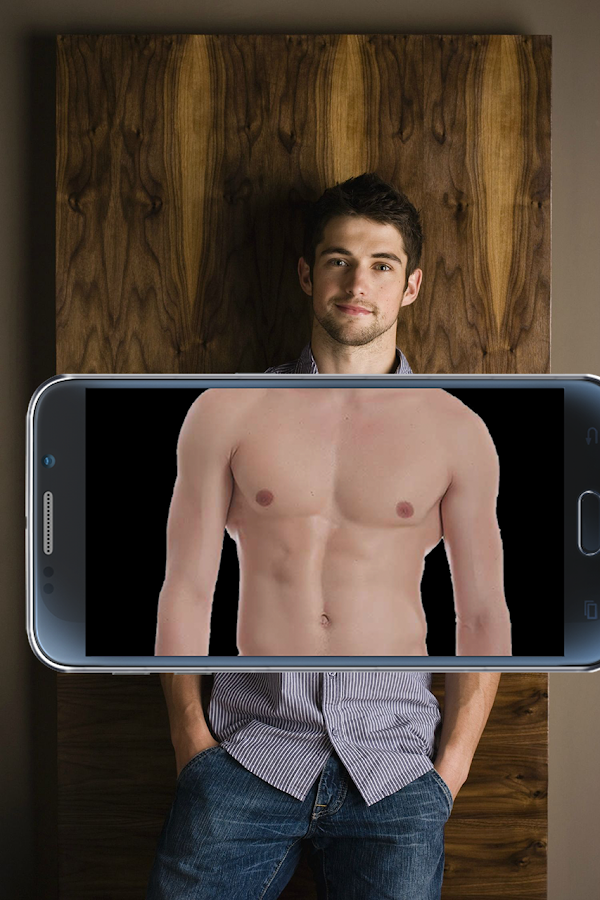 nine0005
nine0005
Price: $ 379
Resolution up to: 0.5 mm
accuracy to: 4 mm
4. The best of cheap manual 3D scanners: Cubife ($ 399)
3D-scanners can be quite affordable and easy to use if you choose from inexpensive portable models. Cubify fits these criteria very well and has a relatively good resolution. But still, its capabilities are not enough for texture scanning and it is better to use it for subsequent 3D printing of one-color models. nine0005
Price: $ 399
Resolution: 0.9 mm
Resolution at a distance of 0.5 m: 1 mm
3D scanner on the table:
5. Best and cheapest table 3D 3D 3D 3D- Scanner: Matter and Form ($519)
If you're looking to take your quality to the next level, you can purchase a desktop 3D scanner. This model is compact, easy to use, and delivers good resolution, especially considering the price (not your go-to option if you're looking for perfection, but great for educational and demo purposes). The scanning process takes place with the help of a laser and a rotating platform. The scan takes about five minutes and simultaneously reads the texture of the object. nine0005
The scanning process takes place with the help of a laser and a rotating platform. The scan takes about five minutes and simultaneously reads the texture of the object. nine0005
Price: $ 519
Resolution: 0.43 mm
accuracy: ± 0.25 mm
6. The best device "two in one": XYZPRINTING DA VINCI 1.0 ($ 600) 9000 9000 9000 9000 9000 9000
000 9000 9000 9000 9000 9000 9000 9000 9000 9000 9000 9000 9000 9000 9000 9000 9000 9000 9000 9000 9000 combines a 3D scanner and a 3D printer. The quality of the models is not too high, but the price is very low for such a combined device. This makes the XYZprinting Da Vinci the easiest solution for beginners who want to get into the world of 3D scanning-printing. nine0005
Professional 3D scanners:
7. Best value for money portable 3D scanner: Fuel3D Scanify ($1490)
Very easy to use, intuitive, and feels good in the hand, this scanner delivers good accuracy and texture quality.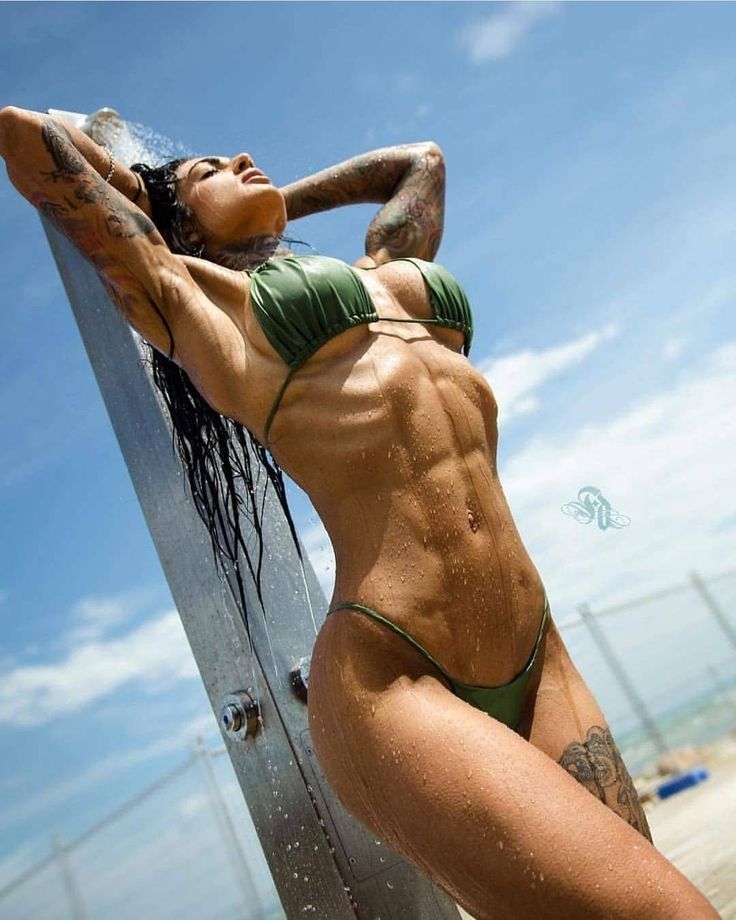 The only limitation is that the size of the scanned area is limited, which is great for small objects, but for scanning a full-length person, for example, it will not work. nine0005
The only limitation is that the size of the scanned area is limited, which is great for small objects, but for scanning a full-length person, for example, it will not work. nine0005
Price: $ 1490
Resolution: 0.35 mm
accuracy: to 0.3 mm
8. Best price The scanner uses a different scanning technology than others. Instead of a dual laser scanning system, it uses a structured light source and cameras for fast scanning with very fine detail down to 0.06mm! The scanner comes with DAVID Pro Edition 3 software that works with OBJ, STL and PLY 3D file formats that can be exported to other programs for further editing. nine0005 Price: $ 3995 9. Best Professional 3D scanner: SolutionIX REXCAN 4 ($ 79 900 900) is a vocational The 3D scanner and its price provides much better scanning quality.
Resolution: 0.06 mm
accuracy: 0.5% of the size of the object 
Learn more






